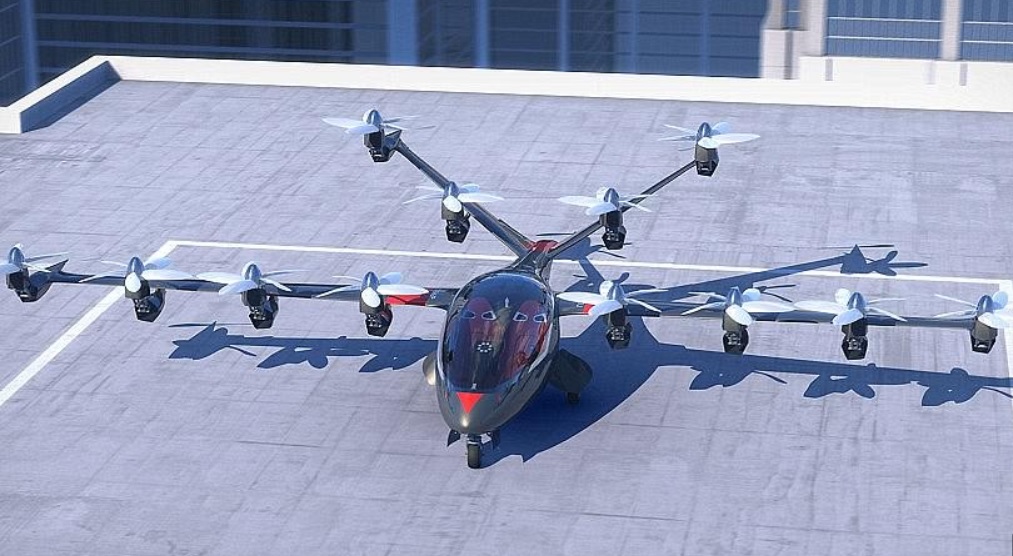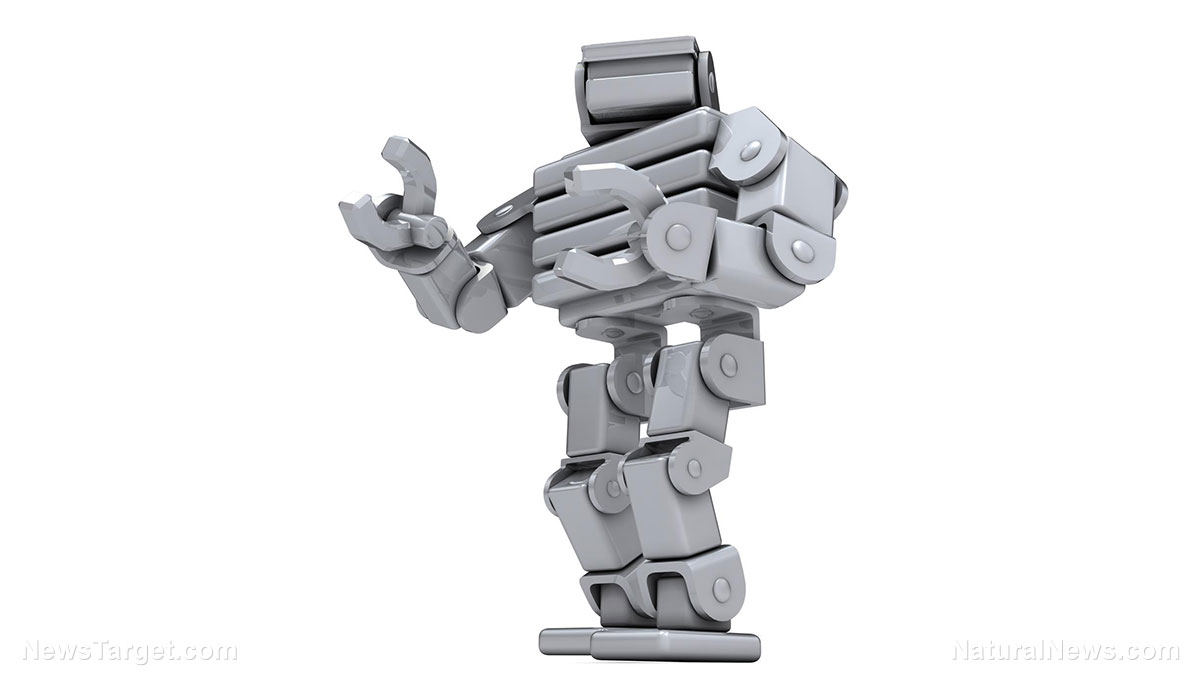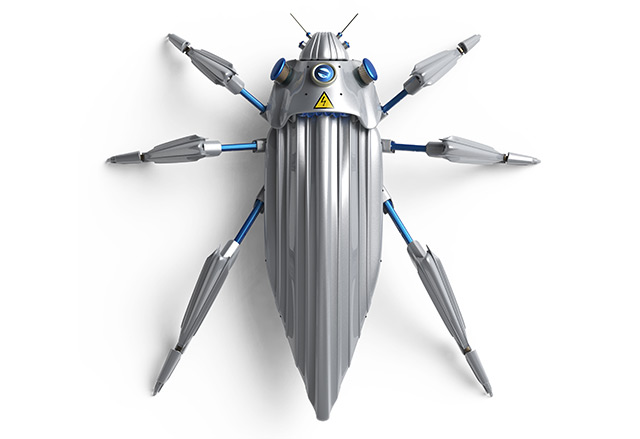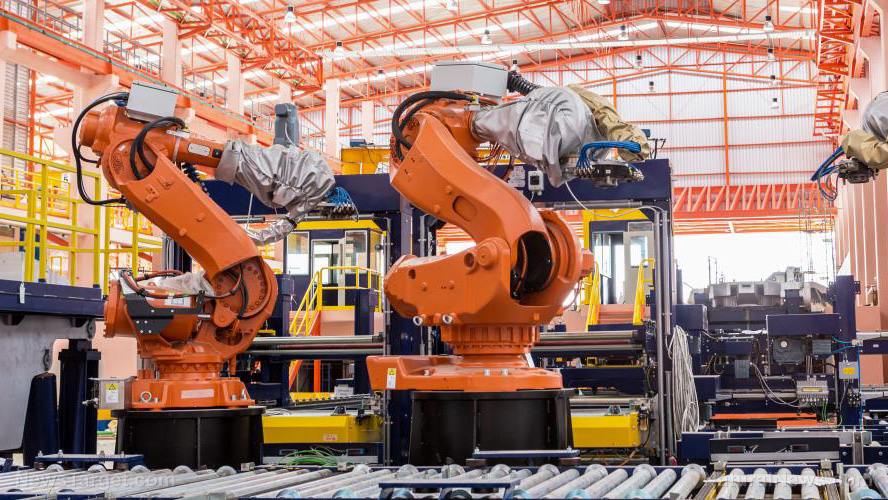Imagine if you could get better at some skill not just by learning and practicing it, but by accessing the brains of others to tap directly into their experiences?
Article by Liam Tung
For humans, that’s still science fiction, but in the field of AI-powered robotics it is possible to shortcut training times by having robots share their experiences. Google demonstrated this recently with its grasping robotic arms.
Six years ago, Google’s former head of robotics, James Kuffner, coined a term for this type of skills acquisition, calling it ‘cloud robotics’. It acknowledges the impact of distributed sensors and processing enabled by datacenters and faster networks. Kuffner is now CTO of theToyota Research Institute, where he’s focusing on cloud robotics to bring to reality domestic helper robots.
Google Research, its UK artificial intelligence lab, DeepMind, and Google X are also continuing to explore cloud robotics to accelerate general-purpose skills acquisition in robots. In several demonstration videos published on Tuesday, Google shows robots using shared experiences to learn rapidly how to push objects and open doors.
One of three multi-robot approaches the researchers are using is reinforcement learning, or trial and error, combined with deep neural networks. That is the same approach DeepMind has used to train its AI to master Atari video games and Chinese board game Go.
Each robot has its own copy of a neural network that helps it decide optimal actions to open the door. Google builds up data more quickly by adding interference. A central server is also recording the robots actions, behaviors and final outcomes and uses those experiences to build a better neural network that helps the robots improve at the task.
As Google demonstrates in two videos, after 20 minutes training its robotics arms were fumbling around for the handle but eventually manage to open the door. However, within three hours, the robots could cleanly reach for the handle, twist it and then pull to open the door.
Another method they’re exploring might help robots follow commands to move objects around the house. Here, Google is teaching its robots to build mental models about how things move in response to certain actions by building up experience of where pixels end up on a screen after a taking a certain action.
This time the robots share their experiences of nudging different objects around a table, helping them predict what might happen if they take a certain course of action.
Finally, the researchers are exploring ways for robots to learn from humans. Google’s researchers guided robots to the doors and showed exactly how to open them. These actions were encoded into a deep neural network that converts camera images to robot actions.
Again, post-human training, the robots shared their experiences after attempting to open the door themselves. Also, by gradually changing the position of the door with each attempt the robots were able to gradually improve at the task, helping them become more versatile within few hours.
Read more at: zdnet.com





















